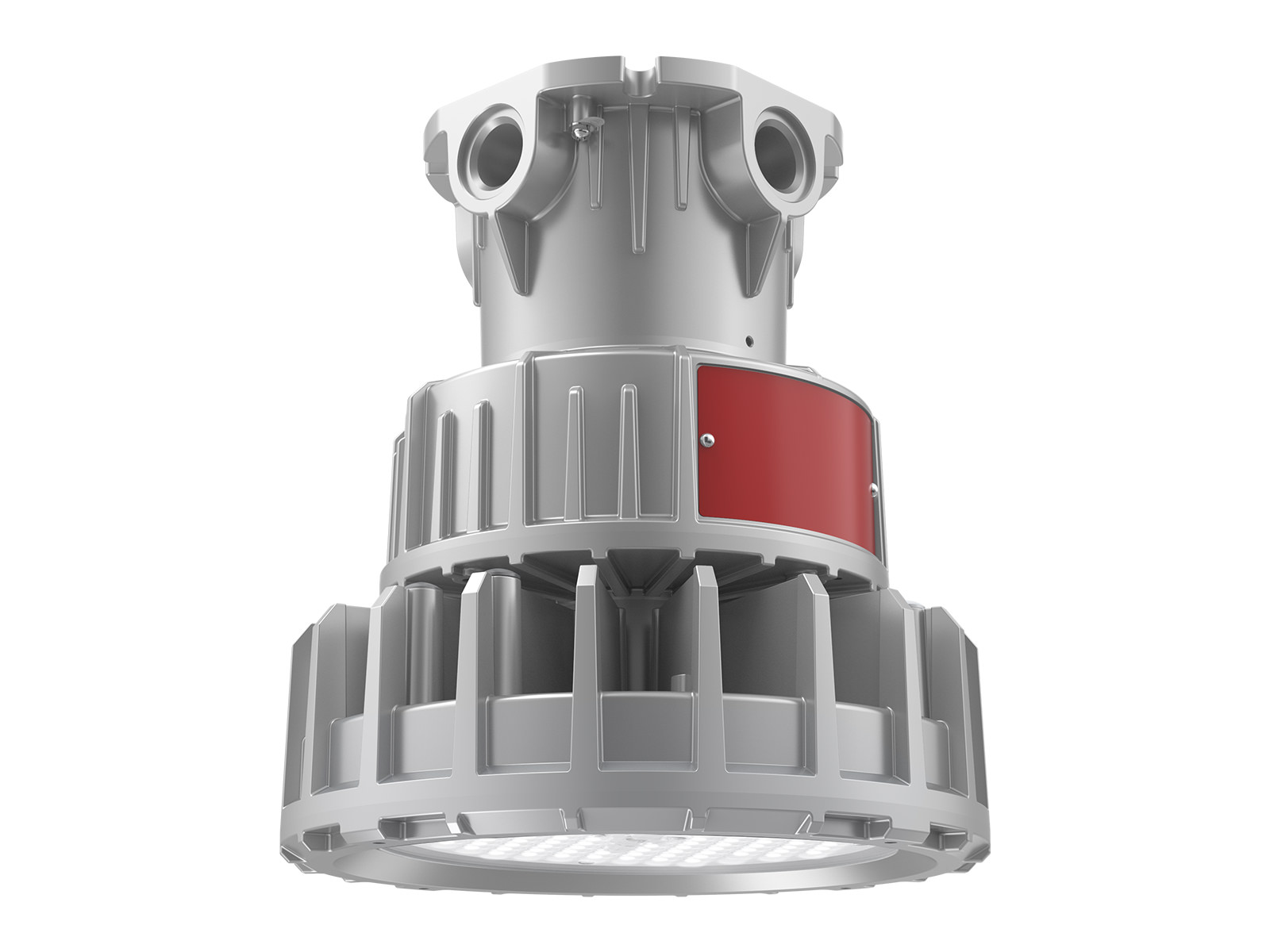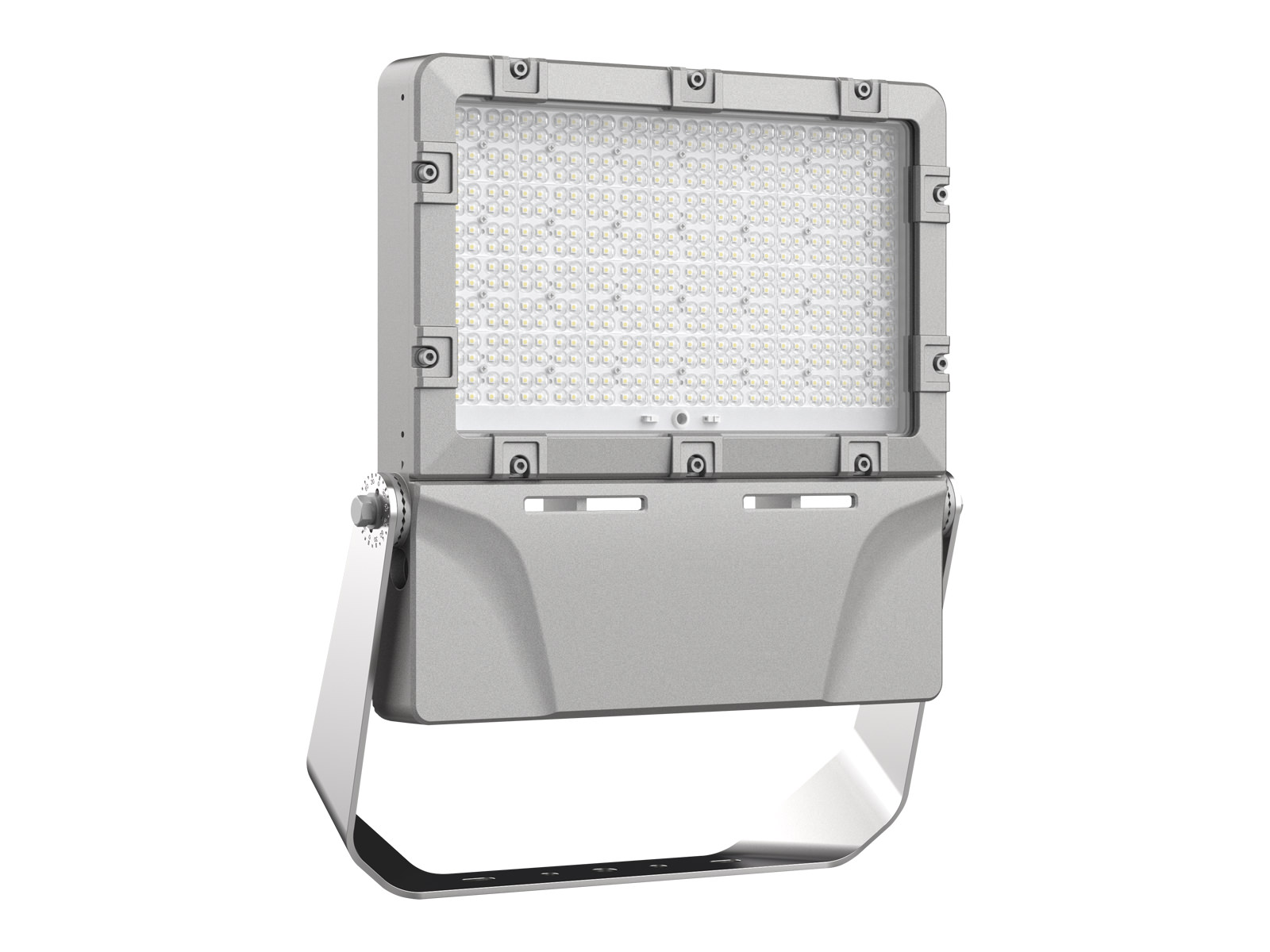Electrical equipment generates heat during operation and the hot surface can be the source of ignition that causes an explosion when explosive gases are present in the environment.
Therefore, to prevent an explosion, it is important to know the maximum surface temperature that an electrical device can reach during operation and the auto-ignition temperature of the explosive gases.
Temperature Class
The official name of this maximum surface temperature is Temperature Class, which can be abbreviated to T-class. Below are the T-classes for explosion-proof devices in different Explosion protection schemes.
|
Temperature Class |
Maximum Surface Temperature of Equipment in °C
|
|
|
Zone system |
Division System |
|
|
T6 |
T6 |
85 |
|
T5 |
T5 |
100 |
|
/ |
T4A |
120 |
|
T4 |
T4 |
135 |
|
/ |
T3C |
160 |
|
/ |
T3B |
165 |
|
/ |
T3A |
180 |
|
T3 |
T3 |
200 |
|
/ |
T2D |
215 |
|
/ |
T2C |
230 |
|
/ |
T2B |
260 |
|
/ |
T2A |
280 |
|
T2 |
T2 |
300 |
|
T1 |
T1 |
450 |
It means that the surface temperature of a T4 device will not exceed 135°C, for instance.
Auto-ignition Temperature
Auto-ignition Temperature (known as AIT) means the lowest temperature that a mixture of air and gases will burn without an extra source of ignition.

Example to classify Temperature Class & Auto-ignition Temperature
Let’s use an example to classify these 2 concepts.
A T4 electrical motor (135°C) installed in an atmosphere contains carbon disulphide (AIT=95°C), and the result will be an explosion.

However, it is safe to use in hazardous atmospheres in which Hydrogen 560°C, Ethylene 425°C, Diesel 240°C, and Diethyl Ether 160°C are present.

In conclusion, T-class < AIT, safe. T-class > AIT, explosion.
The explosion-proof lights AGC manufactures are T5/T6, with a maximum surface temperature of 100°C/85°C, which are safe for use in most hazardous areas where explosive atmospheres are present.

Feel free to reach us, if you need more info.


















